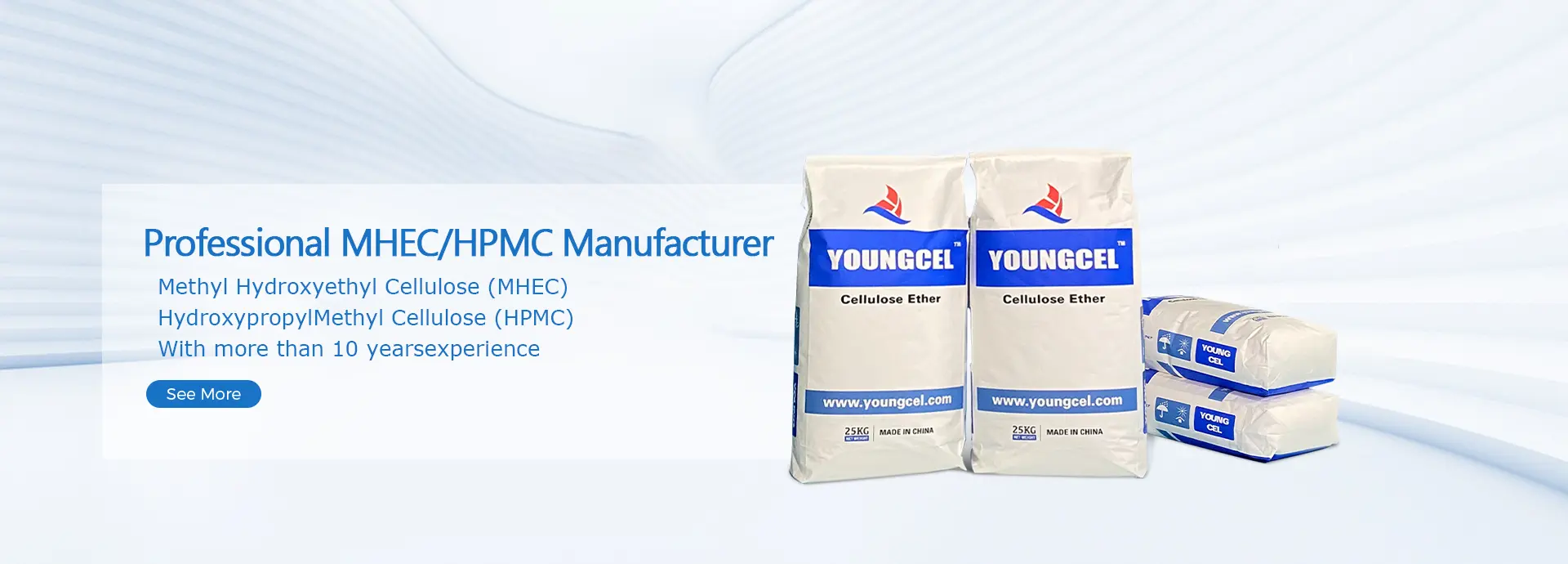Understanding HPMC Factory Prices and Their Importance in the Industry
Hydroxypropyl Methylcellulose (HPMC) is a versatile cellulose ether widely used in various industries, including pharmaceuticals, construction, food, and personal care. The significance of HPMC cannot be understated, as it plays a crucial role in enhancing the performance of products by providing desired properties such as viscosity, stability, and film-forming capabilities. In recent years, understanding HPMC factory prices has become increasingly important for manufacturers, suppliers, and end-users alike, as it directly affects production costs, profitability, and decision-making processes.
Factors Influencing HPMC Factory Prices
There are several key factors that can influence the factory price of HPMC. One of the most significant factors is the raw material cost. HPMC is synthesized from cellulose, which is derived from natural sources, such as wood pulp or cotton. The prices of these raw materials fluctuate based on supply and demand dynamics, environmental regulations, and changes in production technology. When the cost of raw materials rises, manufacturers often pass these costs onto consumers, leading to higher factory prices for HPMC.
Another important factor is the manufacturing process. Producing HPMC involves sophisticated processes that require specialized equipment and technology. The complexity of these processes, along with labor costs associated with skilled workers, can significantly impact the overall production cost, and consequently, the factory price. Additionally, the scale of production plays a crucial role; larger manufacturers can benefit from economies of scale, allowing them to offer more competitive prices compared to smaller producers.
Market demand is also a critical element affecting HPMC factory prices. As industries evolve and the need for high-quality, cost-effective solutions increases, the demand for HPMC has surged. For instance, the construction industry uses HPMC as a thickener and water-retaining agent in various applications, such as tile adhesives, plastering, and paints. Simultaneously, the pharmaceutical industry incorporates HPMC in tablet formulations and controlled-release drugs. As demand continues to rise, factory prices may adjust accordingly to balance supply and demand.
Regional Variations in Prices
It's essential to note that HPMC factory prices can vary significantly across different regions. Geographic factors such as local regulations, labor costs, and proximity to raw material sources will affect pricing structures. For instance, suppliers operating in countries with readily available cellulose resources may enjoy lower production costs than those in regions where raw materials must be imported. Furthermore, regional market competition can influence pricing strategies. In areas with multiple suppliers, competitive pricing may drive down factory prices, while monopolistic scenarios might allow for higher price points.
hpmc factory price

The Role of Quality and Specifications
Quality and specifications play a pivotal role in determining HPMC prices. Manufacturers produce HPMC in various grades, each tailored for specific applications. Higher-grade HPMC, characterized by superior purity, specific viscosity requirements, and stringent product specifications, commands a higher price due to additional processing and quality assurance measures. Customers must assess their needs, weighing the cost against the required quality to make informed purchasing decisions.
Implications for Buyers and Manufacturers
For buyers, understanding factory prices is vital for budgeting and procurement strategies. It allows for better negotiation with suppliers and aids in identifying trends within the market. Buyers must keep an eye on fluctuating prices and consider long-term contracts to secure lower rates.
For manufacturers, knowing the factors that influence HPMC factory prices can guide product development and marketing strategies. By managing production costs and staying aware of market trends, manufacturers can optimize their pricing models to ensure competitive advantages. Moreover, investing in advanced production technologies may help improve efficiency, thus lowering costs while maintaining product quality.
Conclusion
In summary, HPMC factory prices are influenced by a complex interplay of factors, including raw material costs, manufacturing processes, market demand, and regional variations. Both buyers and manufacturers must navigate these variables to make informed decisions in the ever-evolving marketplace. As the demand for HPMC continues to grow across various industries, understanding the dynamics behind its pricing will remain critical for all stakeholders involved.
-
Rdp that The Revolutionary Polymer Powder Transforming Modern Construction MaterialsNewsAug.11,2025
-
Hpmc Powder that Versatile Additive for Detergents and Personal CareNewsAug.11,2025
-
Hpmc Hydroxypropyl Methylcellulose that Essential Building Material Additive from Shijiazhuang Gaocheng YongfengNewsAug.11,2025
-
Hydroxypropyl Methyl Cellulos Hpmc that Essential for Construction ApplicationsNewsAug.11,2025
-
Mhec Powder that Revolutionizing Construction Chemistry with Cellulose Ether SolutionsNewsAug.11,2025
-
Industri Hpmc that The Global Backbone of Advanced ConstructionNewsAug.11,2025




